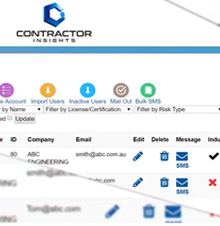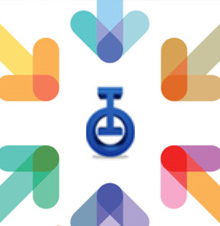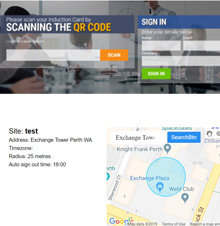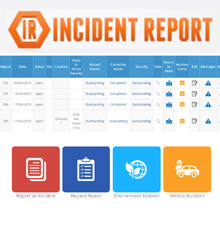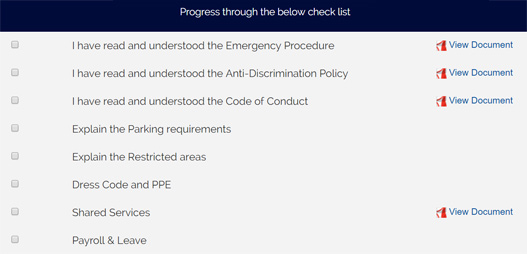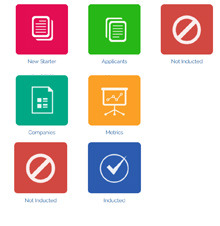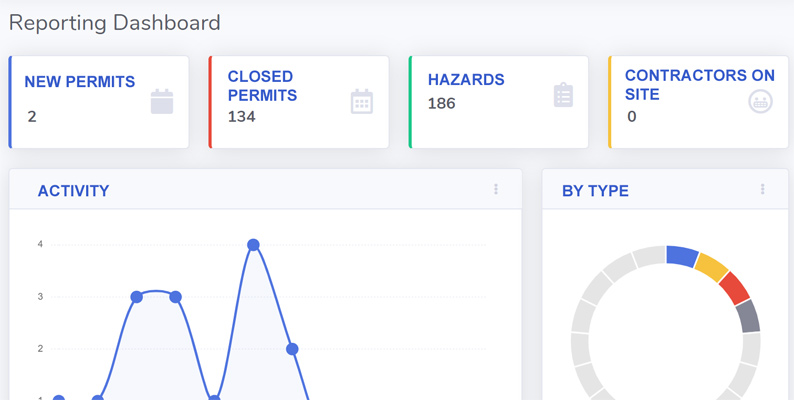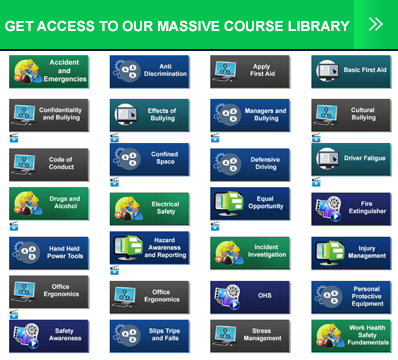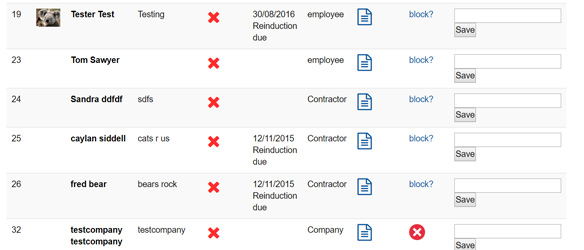Employee Orientation: Best Setup, Tips and Guide
Online Induction >> Employee OrientationPublished 14/09/2025
 An employee orientation is more than just getting the paperwork done; it is a process of introducing an employee to their new role, company culture, and colleagues. It's essential for both employers and employees that these orientations are done right in order to get the best out of the job experience. Let's take a closer look at why this process is so important.
An employee orientation is more than just getting the paperwork done; it is a process of introducing an employee to their new role, company culture, and colleagues. It's essential for both employers and employees that these orientations are done right in order to get the best out of the job experience. Let's take a closer look at why this process is so important.
Employee orientation puts everyone on the same page by making sure that all team members are aware of their roles and expectations from the start. This helps create beneficial working relationships between employees and employers alike as well as providing structure for project planning and management. As part of the orientation process, new employees should be given access to resources they need while forming a positive bond with existing team members so they understand company dynamics better.
An employee orientation can also be used as an opportunity for companies to showcase their brand values and show potential hires how these values will be applied in their daily work life. This kind of shared understanding can contribute significantly towards overall job satisfaction which leads to lower turnover rates, higher productivity levels and an improved bottom line performance. When everyone is on board with what needs to be achieved within a timeframe then they become more fluid in dealing with changes or unexpected circumstances.
All in all, employee orientations are vitally important for successful organizational management. They help set achievable goals based on core values, promote transparency throughout teams and departments, foster creativity through collaboration -all key ingredients for achieving ultimate success! Make sure your next employee introduction goes off without a hitch by having a proper onboarding plan ready before any staff arrive at their workplace
An employee induction will be the starting point of your employee orientation process.
Designing the best Employee Orientation
 Introducing new hires to the team can be a challenging task for any professional recruiters. Employee orientation is an essential step towards helping them assimilate quickly into their new environment. As such, it's important to ensure that the process goes smoothly, and this blog consists of tips for designing the best employee orientation.
Introducing new hires to the team can be a challenging task for any professional recruiters. Employee orientation is an essential step towards helping them assimilate quickly into their new environment. As such, it's important to ensure that the process goes smoothly, and this blog consists of tips for designing the best employee orientation.
The initial stage of employee orientation should always involve introducing them to the rest of the team in a friendly and welcoming manner so they can immediately start building meaningful relationships with coworkers. On top of that, it's also important to provide helpful resources such as documents and guides that outline company policies and procedures, which will help them quickly acclimate themselves to the job.
It's crucial to make sure that each new hire has access to mentoring programs or support networks who can provide guidance through difficult times. By providing these resources from day one, you set your employees up for success and help ensure a smooth onboarding experience. So be sure to implement these guidelines when planning out your next employee orientation!
Benefits of an Employee Orientation
Having an effective employee orientation program allows your organization to create a positive first impression on new hires. It can ensure that every new hire is immediately included in the workplace and begins their tenure feeling welcomed and appreciated. Orientation programs also provide employees with essential information such as policies, procedures, job duties, and expectations which they need to perform successfully in their new role. This helps reduce uncertainty among employees and encourages them to work collaboratively together. An employee orientation program can also help build trust between employers and employees right from the start of employment. Employees learn about their employer's mission and goals during orientation programs which sets the tone for commitment to shared objectives ensuring everyone stays aligned with each other's goals throughout the transition phase into their respective roles. Additionally, orientations can serve as a platform for employees to talk about their career aspirations before taking up a role within the organization and makes it easier for employers to identify motivated individuals who want to be part of something bigger than just themselves.- Providing essential information which reduces uncertainty among employees
- Building trust between employers & employees
- Helping them understand organizational objectives
What happens when you don't run an employee orientation?
Employee orientation programs are invaluable for orienting new employees to their roles, introducing them to important policies or procedures unique to your organization, setting expectations around communication and performance, and providing an understanding of the company's values. An effective employee orientation should create a good first impression of the company while informing a new hire on how they can best contribute to the team.Without an adequate employee orientation process in place, it's difficult for a new hire to understand what they need to do in order to be successful at their job. Communication breakdowns occur more frequently without employee orientations, leaving employees feeling disconnected and uncertain about where they fit into the workflow. Not running an employee orientation runs the risk of creating a less harmonious work environment between peers as well as between managers and staff
Setup an Online Employee Orientation
Using our online employee orientation builder, you can setup forms, check lists, assessments, online orientation courses and chapters for your new starters to go throughHave a look at our employee orientation templates and massive library of onboarding check lists, content, presentations and other onboarding material:
Common Topics to include
 It's essential to introduce your company culture, values, mission and goals during employee orientation. It sets the context in which new employees understand how they fit into the organization and allows them to better identify with its objectives. Explain any business expectations and provide clear instructions on roles and responsibilities in order to create a consistent onboarding experience. Additionally, make sure to give training guidelines such as online courses or company tools they will be using throughout their employment journey.
It's essential to introduce your company culture, values, mission and goals during employee orientation. It sets the context in which new employees understand how they fit into the organization and allows them to better identify with its objectives. Explain any business expectations and provide clear instructions on roles and responsibilities in order to create a consistent onboarding experience. Additionally, make sure to give training guidelines such as online courses or company tools they will be using throughout their employment journey.
It is important not to forget about communication protocols such as administrative paperwork, workplace safety regulations, or team meetings employees need to attend. By discussing these details from day one you set up a healthy routine for new hires that get them up-to-speed quickly with your organization's workflow. You can also provide them with resources such as product manuals or other relevant documents that will prepare them for day-to-day tasks more efficiently.
By taking all the above into account during employee orientation you are off to a great start welcoming new hires into your team. Of course there is much more you can add depending on your specific industry but addressing these common topics first should give your employees an invaluable perspective when joining your company!
- Culture
- Values
- Mission
- Goals
- Workplace safety regulations




